Precision Reconstruction in Frontal Defect with Customized PMMA Cranial Implant
By
Dr Ritesh Parmar &
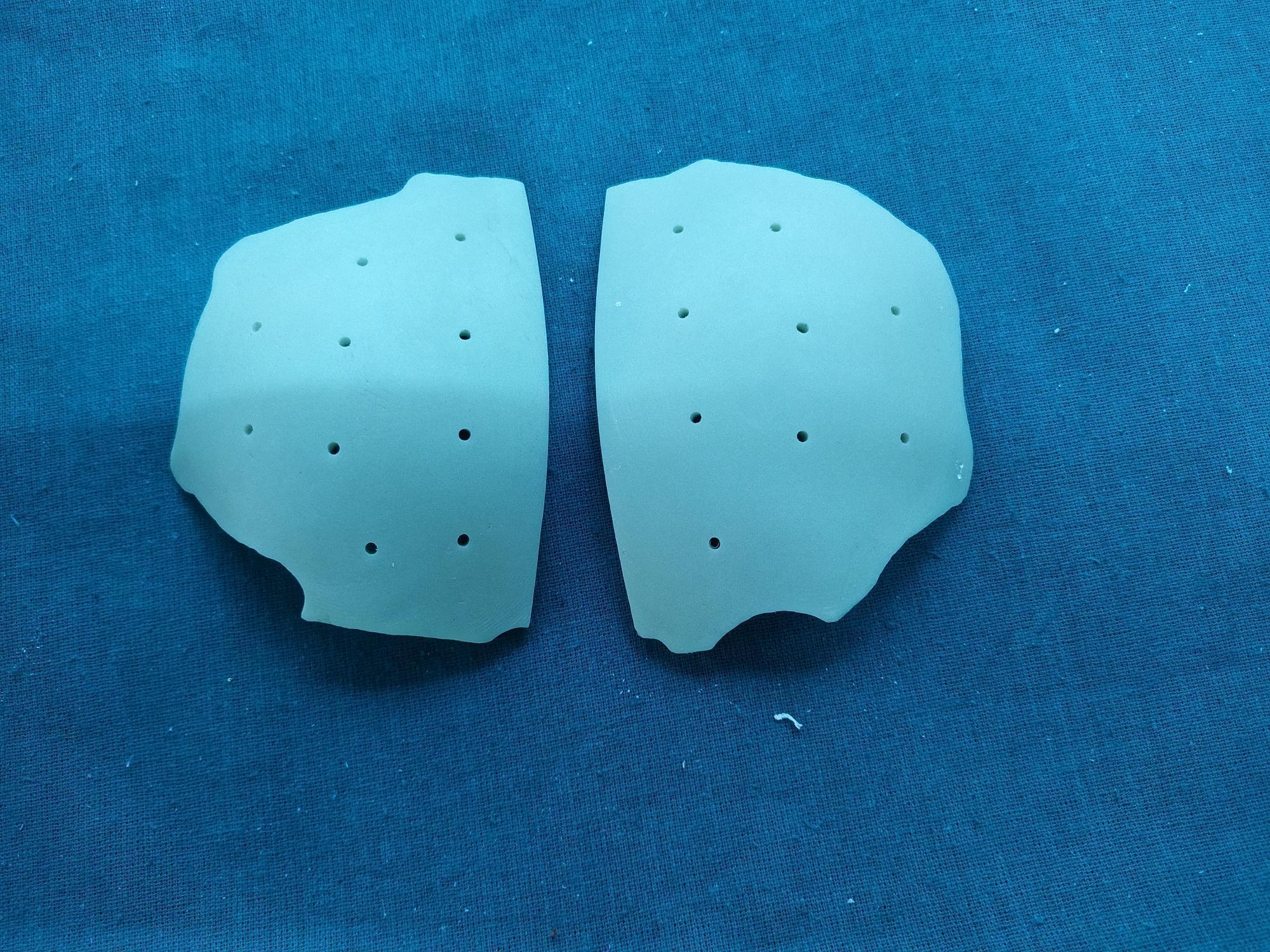
Patient Overview
A 25-year-old male presented with a frontal defect and fractured bone pieces reconstructed in a previous surgery. The surgeon requested a customized cranial implant solution tailored to the patient’s unique anatomy to achieve a successful outcome.
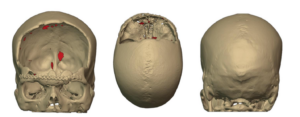
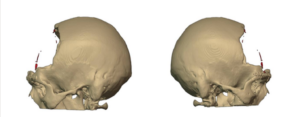
Surgical Planning
The surgical team meticulously planned the procedure by designing a customized PMMA (Polymethylmethacrylate) cranial plate implant. The implant was crafted to reconstruct the skull’s frontal bone curvature accurately.
Key steps included:
- Designing the plate in two parts for precise alignment with the bone structure.
- Utilizing 3D printing technology to create both a skull bone model and a customized PMMA implant to ensure proper fitment and validate the design before surgery.
3D-Printed, Patient-Specific Solution
The use of 3D printing allowed the surgical team to:
- Visualize and evaluate the frontal bone defect.
- Confirm the implant’s fit and curvature to the patient’s anatomy.
- Manufacture a durable, biocompatible PMMA cranial plate, ensuring stability and precision during surgery.
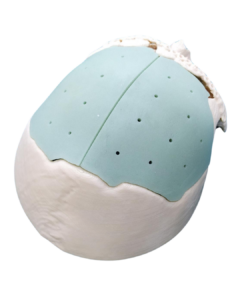
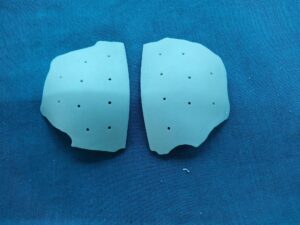
Post-op Outcome
The surgery was highly successful because:
- The cranial plates were fixed securely without any loosening during the procedure.
- The patient demonstrated significant improvement in both functional and cosmetic aspects post-surgery.
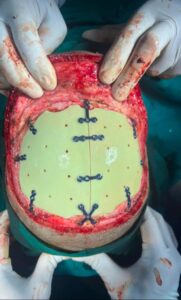
The combination of advanced 3D planning and a customized implant underscored the critical role of innovative technology in achieving precise and safe outcomes.
Dr Ritesh Parmar
Brain and Spine Surgeon, Tristar Super speciality Clinic, Vapi, Gujarat
